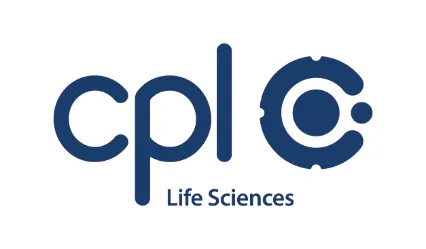The life sciences cluster of London, Cambridge and Oxford is the largest and one of the most significant in the UK.
It is an integral part of the whole life sciences sector, generating over £8.4bn per annum for the economy and employing over 24,000 highly skilled professional in various jobs. Despite its size, Britain outperforms its nearest rivals and is established as a major challenger nation to the US and China in many areas. As well as having four of the world’s top ten universities, the UK’s technology sector is worth over one trillion dollars. If you put together just eight of our university towns, they are home to more billion-dollar unicorn start-ups than the whole of France and Germany combined. The Golden Triangle of Life Sciences — London, Oxford and Cambridge — is a leading light within science and technology, providing an extraordinary level of innovation. However, with France and Germany currently moving further and faster to invest in these areas, the UK needs to step up and prioritise investment in this essential industry.
In March 2023, the government announced the detail around its plans for the Department for Science, Innovation, and Technology. The best minds have been focused on a single mission: becoming the most innovative economy in the world. Cpl Life Sciences, a global talent expert within life sciences, focuses closely on multiple metrics that show underlying trends within life sciences. A key starting point is analysing new vacancy data. The focus for this month’s report is the Golden Triangle of Oxford, London, and Cambridge. In 2022, there were four thousand new science-based vacancies within this cluster—a 9.1% decrease in new roles compared to 2021. March was the busiest month of 2022, seeing the largest rise in new positions with over 500 new job opportunities within life sciences. However, the very buoyant market of 2021 could be seen as an artificial spike in vacancies, brought on by the pause in hiring in 2020 because of the global pandemic. If we delve a little deeper into 2022 and examine how skills requirements affected different regions, London saw the greatest demand for clinical skills and Cambridge and Oxford for R&D.
The rise of a world-class life sciences cluster in the Golden Triangle has an important contribution to make in meeting national healthcare challenges, including the delivery of innovative personalised health. Clusters foster a more collaborative way of working between international researchers, scientists, engineers, mathematicians, and clinicians, interconnecting their wide range of expertise, knowledge, and specialist skills. If we consider Cambridge alone, were this cluster to grow unimpeded, it could generate an additional £1 billion per annum to the UK economy and an additional 6,000 jobs by 2032. Continued growth in these clusters is critical to help the UK life sciences sector compete with established clusters in the United States— in particular, Boston and San Francisco —as well as emerging clusters in Europe and Asia.
A better future will be driven by Britain’s boldest businesses. Whether that means using artificial intelligence to predict when equipment or machinery is likely to fail, allowing for proactive maintenance, reducing downtime, or the use of quantum computers to discover new life-saving drugs, innovation and investment within science and technology will be critical.
The Science and Technology Framework launched by the UK government is a strategic vision and set of goals designed to help the country achieve ten key actions by 2030. The vision of UK research and development (R&D) investment matching the scale of a science and technology superpower is compelling. Delivery under the Science and Technology Framework would look to catalyse private sector R&D and boost the innovation activity of firms leading to UK economic growth. To achieve this, the UK must attract the best talent from around the world, build a skilled workforce for tomorrow’s industries, provide infrastructure and investment to bring technologies to the market, and encourage a regulatory environment that supports innovation. It can only be hoped this is an enduring framework that will be executed well and see us through to success by 2030.
Yvette Cleland CEO
To view the full report please follow the link

